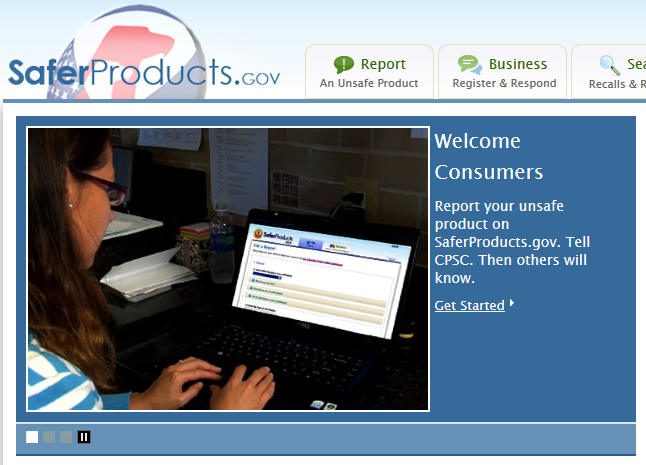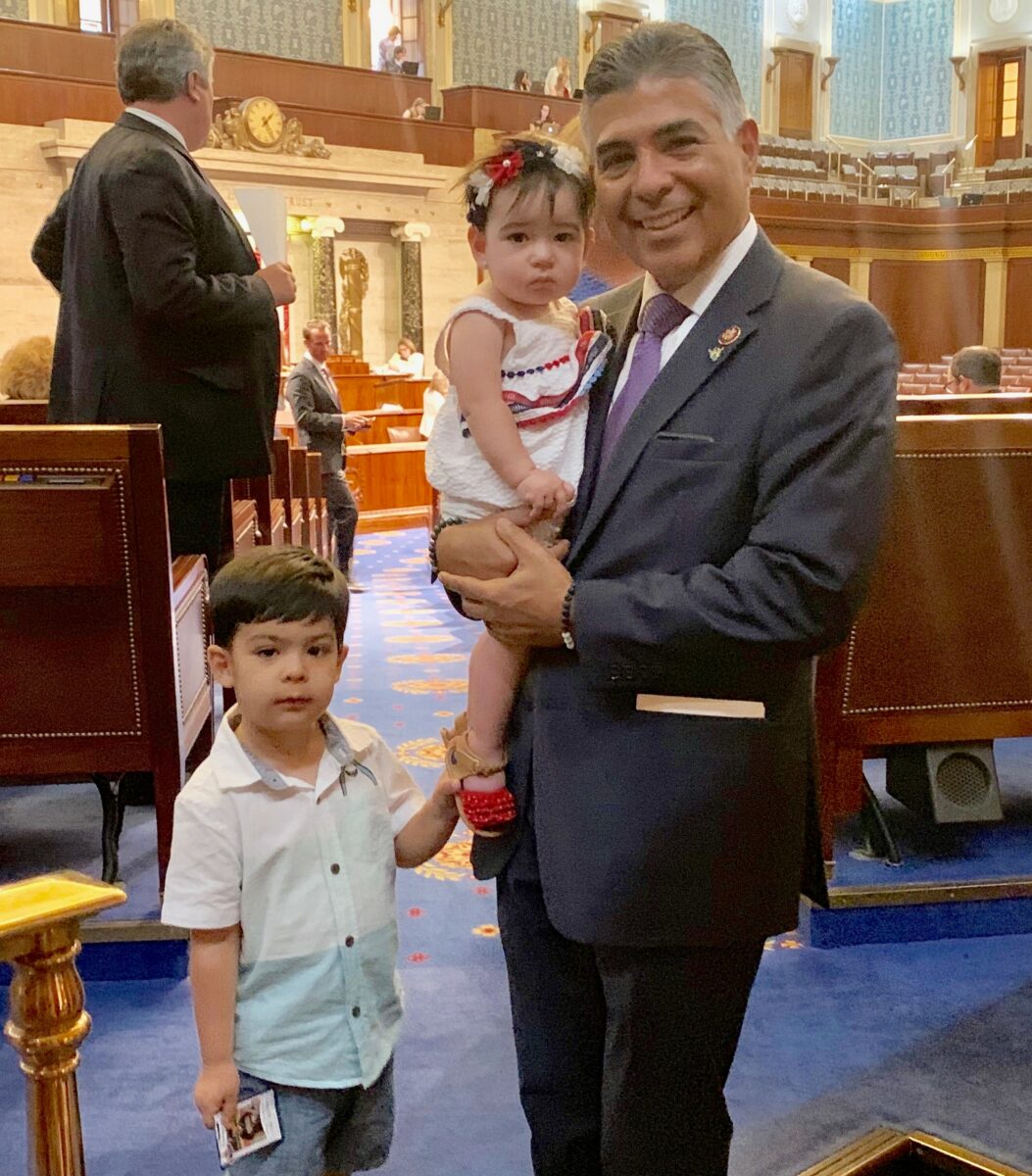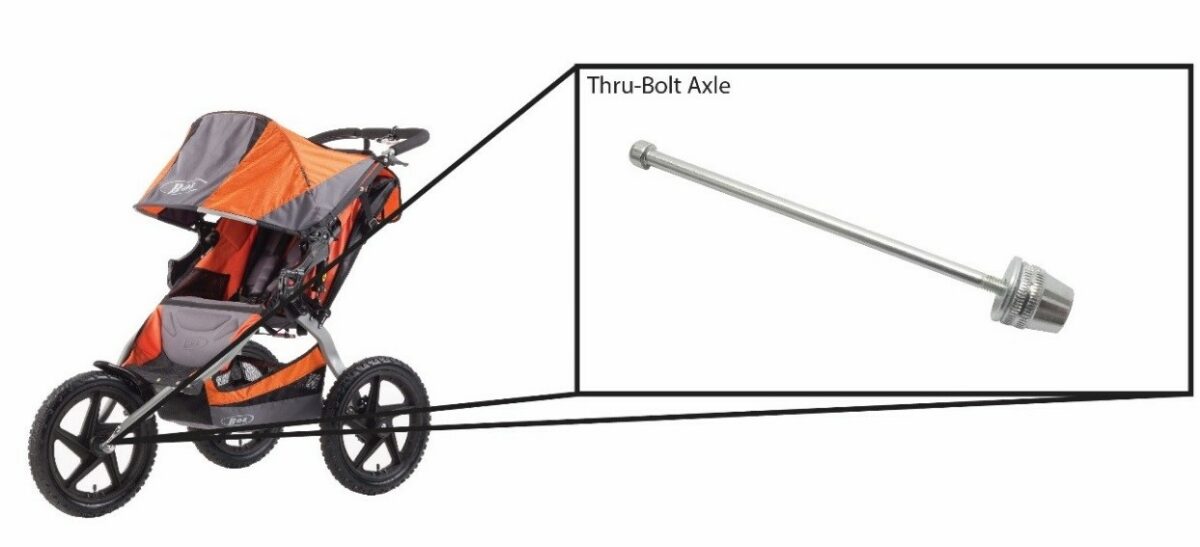 For many consumers, especially parents, a product’s safety is of great concern. Despite the belief that many consumers have that their products are free of hazards, each year millions of items are recalled by the U.S. Consumer Product Safety Commission (CPSC). Although this has the potential to keep these unsafe products out of the hands of consumers, this is not always the case, since many recalled products are often unknowingly kept in homes, for resale, and in childcare facilities and some hazardous products are never recalled.
For many consumers, especially parents, a product’s safety is of great concern. Despite the belief that many consumers have that their products are free of hazards, each year millions of items are recalled by the U.S. Consumer Product Safety Commission (CPSC). Although this has the potential to keep these unsafe products out of the hands of consumers, this is not always the case, since many recalled products are often unknowingly kept in homes, for resale, and in childcare facilities and some hazardous products are never recalled.
What do you do when you find a safety hazard with a product? Report it to the manufacturer? That can be helpful, but to increase awareness of the dangers associated with certain products, hazards should also be reported to SaferProducts.gov.
Launched in 2011, SaferProducts.gov was developed by the CPSC as part of the Consumer Product Safety Improvement Act to allow consumers to report safety incidents they experience with all types of consumer products, and allow other consumers to learn from these reports before purchasing or using a product. The law requires an opportunity for manufacturers to make a comment, but all reports must be posted. Consumers and researchers can search through postings based on category, date, location, victim’s age, model, brand, or injury information.
In 2019, the largest category of reports made on SaferProducts.gov for victims under the age of one have been for strollers; in particular, three-wheeled jogging strollers which have been involved in multiple incidents, including the Britax B-Free Stroller.
Although the CPSC is aware of hazards associated with various products, information about a hazard is not publicized immediately, because of Section 6(b) of the Consumer Product Safety Act, which keeps the CPSC from posting information about a hazard without the company’s approval. This delay in the spread of information shows precisely the importance of SaferProducts.gov, since it allows consumers to share information about dangerous products, helping to keep these products out of the hands of other consumers.
Consumers are encouraged to visit Saferproducts.gov to search for products in their home and childcare facilities, as well as file a report if they have a concern with a product. By using this source, parents can learn more about children’s products before purchasing them.


